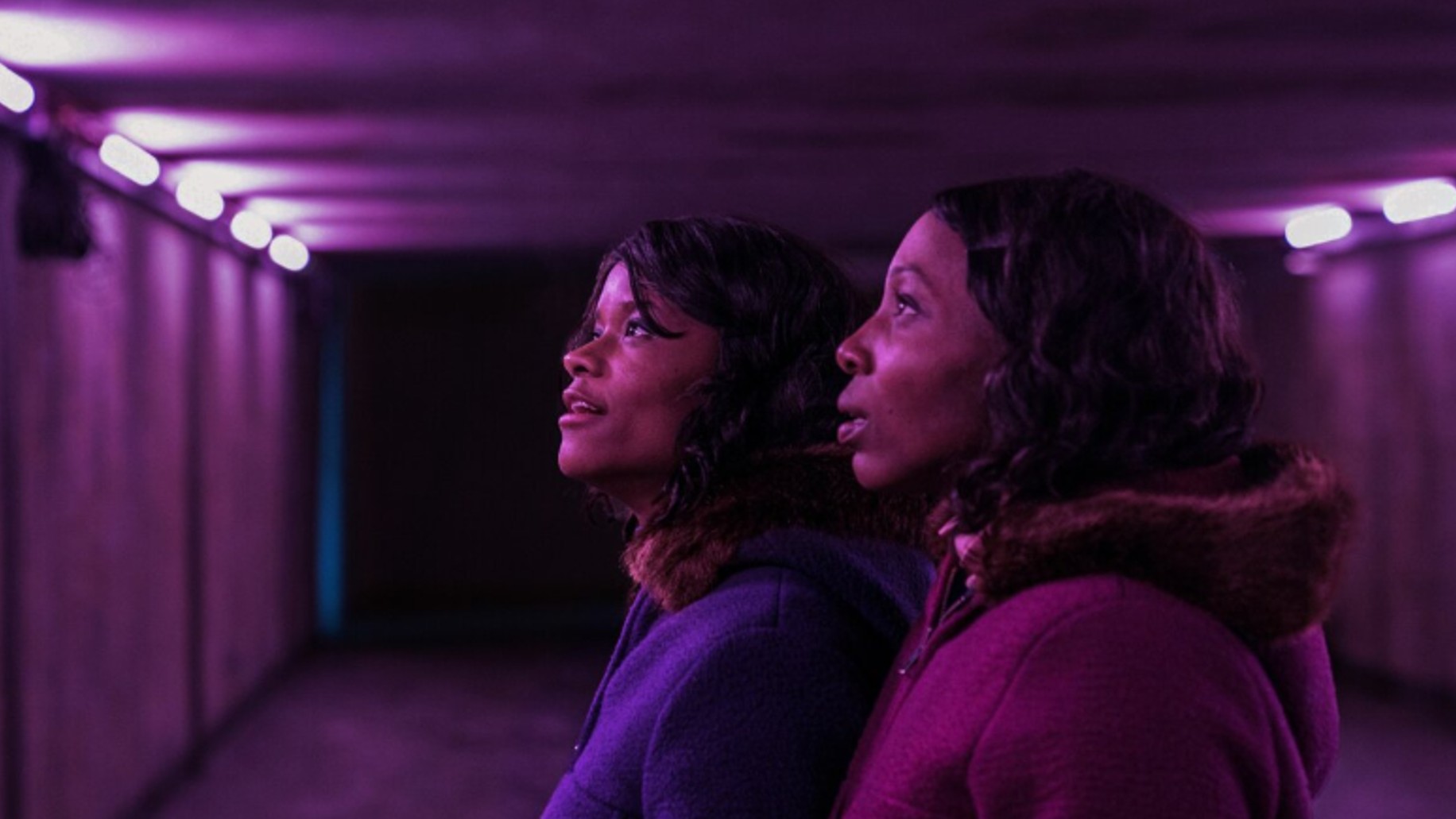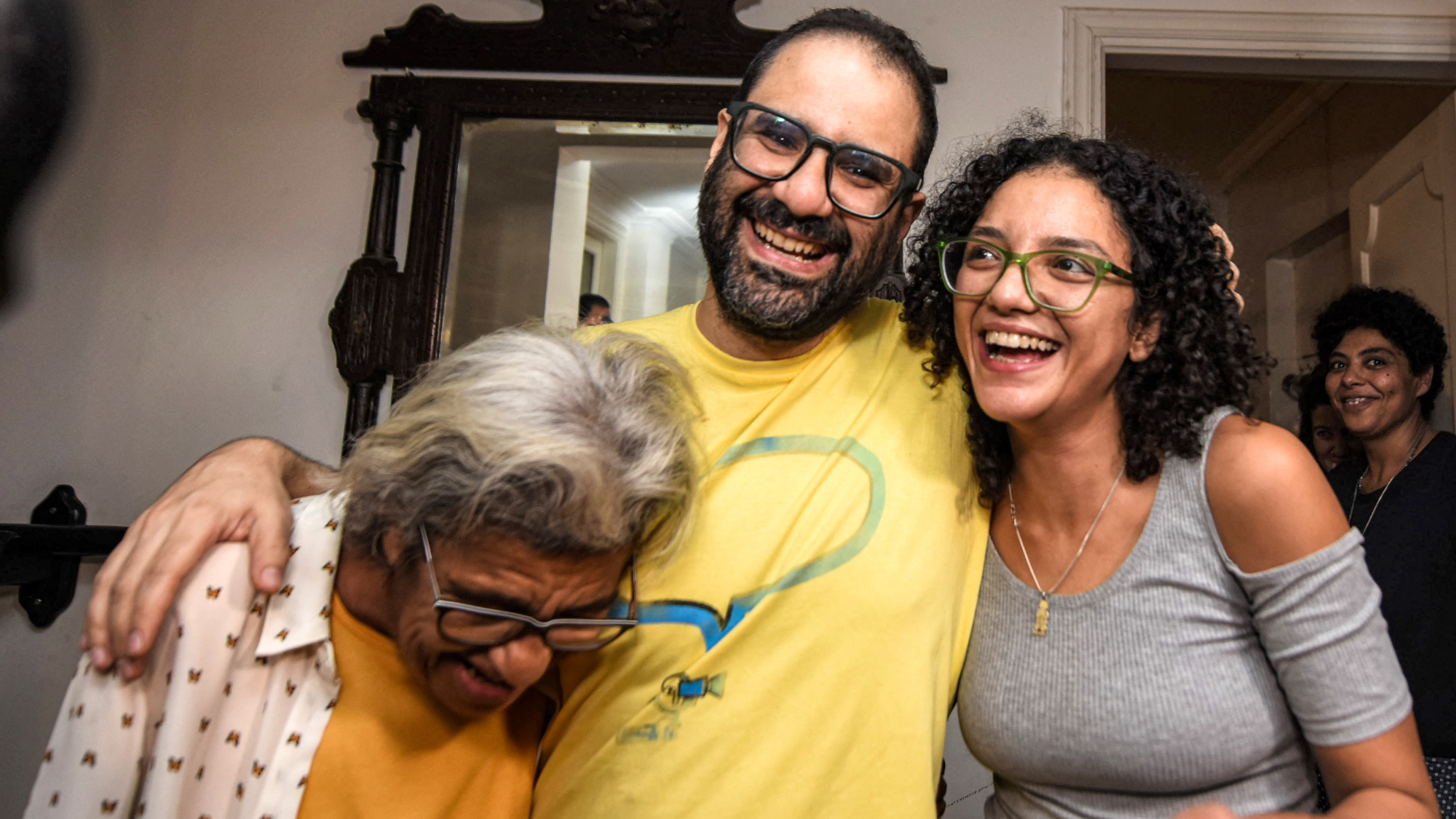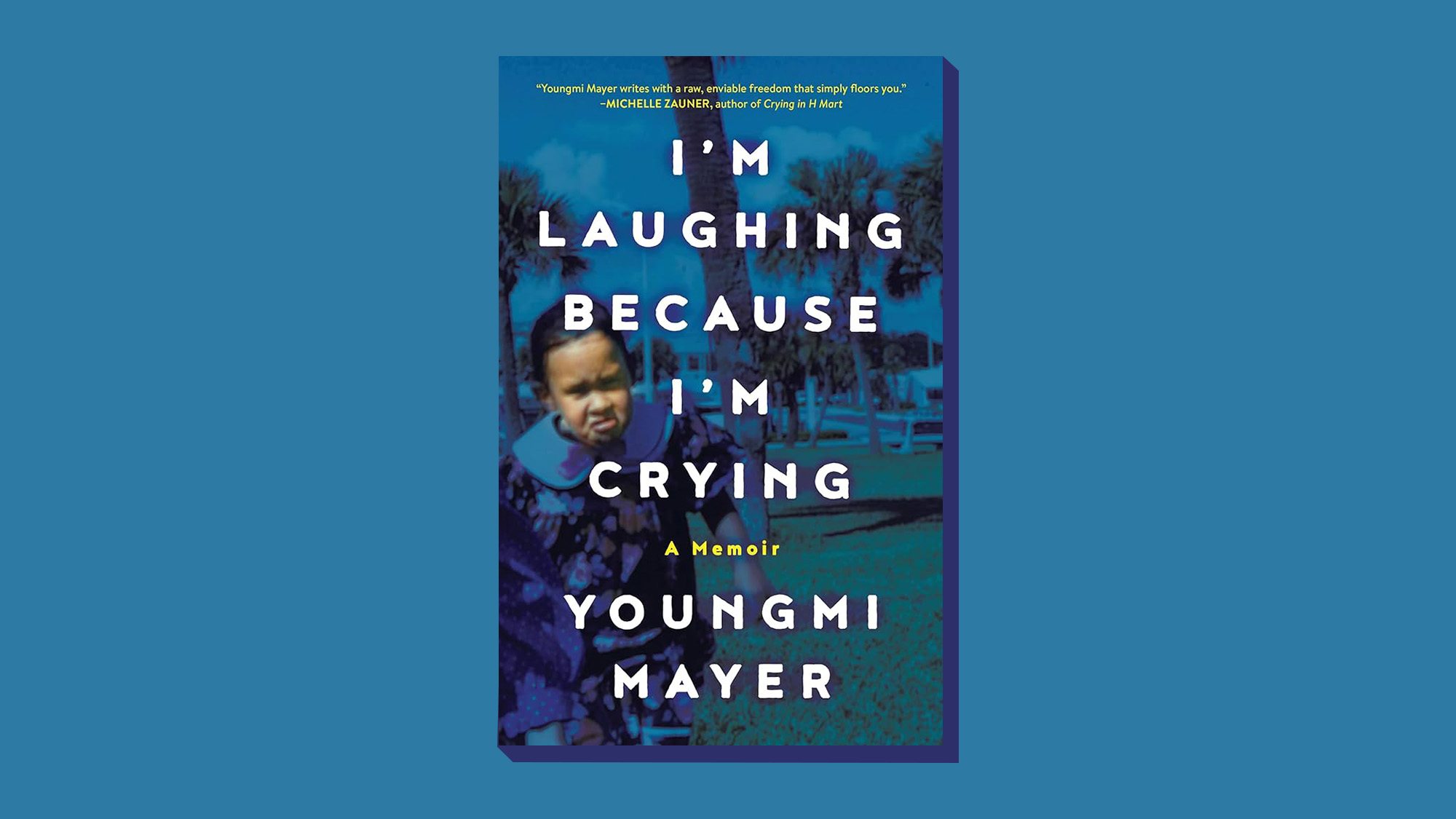The Silent Twins: the true story behind new film
Movie tells curious tale of sisters June and Jennifer Gibbons, who only spoke to each other

A film about real-life twins who spoke to no one but each other is fascinating UK cinema-goers after debuting at the Cannes Film Festival earlier this year.
The Silent Twins tells the story of black sisters June and Jennifer Gibbons, who stopped communicating with the outside world after facing racism and bullying. The film, released in the UK on Friday, “shines a light on their mysterious lives”, said The Sunday Times – although questions remain about the death of one of the twins at the age of just 29.
Bullied and isolated
The Gibbons sisters were born in 1963 in Yemen to Barbadian parents. Their father worked for the RAF and the family later lived on bases in Coventry, Yorkshire, Devon and then the Welsh town of Haverfordwest.
The Week
Escape your echo chamber. Get the facts behind the news, plus analysis from multiple perspectives.

Sign up for The Week's Free Newsletters
From our morning news briefing to a weekly Good News Newsletter, get the best of The Week delivered directly to your inbox.
From our morning news briefing to a weekly Good News Newsletter, get the best of The Week delivered directly to your inbox.
As the only black family in the Pembrokeshire town, they endured “relentless bullying at school” and “isolation from the community”, said Glamour. In response, the twins “gradually rejected communication from everyone around them except each other”, and “even then, they would only speak to each other in private”, the magazine added.
The duo, who had three siblings, developed “their own secret language, a mixture of English and Barbadian slang speeded up so as to be unintelligible to anyone else”, said The Sunday Times.
They also “both moved in sort of synchronicity”, Marjorie Wallace, author of the 1986 book The Silent Twins, told NPR in 2015.
According to the Times, “teacher upon teacher, institution after institution gave up on them”, and they left school at 16 “with barely a qualification between them”. They had a “a rich inner life”, however, and wrote plays and novels.
A free daily email with the biggest news stories of the day – and the best features from TheWeek.com
But they were “also deeply troubled”, the paper added. The sisters began experimenting with alcohol, drugs and boys, and in 1981, were arrested and held on remand for petty theft, vandalism and arson. The following year they were sent to Broadmoor high-security psychiatric hospital in Berkshire, where they remained until 1993.
Integration back into society
The authorities hoped to separate the twins in custody and “help them integrate back into society”, said Glamour, but the plan “backfired, and the two were closer than ever before”.
They became desperate when a doctor told them that they would be in Broadmoor for decades. “I wrote a letter to the Home Office,” June told The New Yorker in 2000. “I wrote a letter to the Queen, asking her to pardon us, to get us out. But we were trapped.”
In 1993, the twins were transferred to a lower-security clinic in Wales, but upon arrival, Jennifer was found unresponsive. She was later pronounced dead. The cause was recorded as acute myocarditis, an inflammation of the heart muscle most commonly caused by an infection in the body.
“Staff said that in the weeks beforehand, Jennifer was withdrawn, had barely eaten and was sick several times the day before she died,” The Sunday Times reported.
According to Wallace, the journalist who first shared the twins’ story with the world, Jennifer had predicted her death.
Wallace had been visiting the twins since they were first jailed in the early 1980s. Writing for The Sunday Times, she recalled how just before they were due to be transferred from Broadmoor, Jennifer had stated: “I’m going to die.” After Wallace objected that she was only 29, Jennifer reportedly replied: “ “No. I know, we’ve decided.”
Wallace wrote that “I noticed June’s consenting nod and I knew this decision was the tragic denouement of their lifelong pact”.
Following her sister’s death, June suddenly began speaking to everyone “as if she had been doing so her whole life”, said Glamour. She was released from the hospital a year later. She now lives a relatively normal, private life, but visits her sister’s grave every week.
“I was born a twin, and I’ll die a twin,” she told The New Yorker. “That’s the way it goes.”
-
 Shots fired in the US-EU war over digital censorship
Shots fired in the US-EU war over digital censorshipIN THE SPOTLIGHT The Trump administration risks opening a dangerous new front in the battle of real-world consequences for online action
-
 What will the US economy look like in 2026?
What will the US economy look like in 2026?Today’s Big Question Wall Street is bullish, but uncertain
-
 Alaa Abd el-Fattah: should Egyptian dissident be stripped of UK citizenship?
Alaa Abd el-Fattah: should Egyptian dissident be stripped of UK citizenship?Today's Big Question Resurfaced social media posts appear to show the democracy activist calling for the killing of Zionists and police
-
 Grove of Narberth: comfort and style in the Welsh countryside
Grove of Narberth: comfort and style in the Welsh countrysideThe Week Recommends This boutique Georgian manor in Pembrokeshire is the perfect rural retreat
-
 The rise of English sparkling wine
The rise of English sparkling wineThe Week Recommends As UK-based brands give champagne a run for its money, here’s everything you need to know about choosing the right bottle
-
 Renegade comedian Youngmi Mayer's frank new memoir is a blitzkrieg to the genre
Renegade comedian Youngmi Mayer's frank new memoir is a blitzkrieg to the genreThe Week Recommends 'I'm Laughing Because I'm Crying' details a biracial life on the margins, with humor as salving grace
-
 8 new cookbooks for a delicious fall
8 new cookbooks for a delicious fallThe Week Recommends With a big ole emphasis on baking. Because it is the season.
-
 Aya Nakamura at the Paris Olympics
Aya Nakamura at the Paris OlympicsIn the Spotlight Racist backlash follows reports singer may perform an Edith Piaf song at opening ceremony
-
 Best staycation destinations in Wales
Best staycation destinations in WalesThe Week recommends Rich in Celtic culture, coastline and castles, England's neighbouring nation has much to offer visitors
-
 The week's good news: Jan. 11, 2024
The week's good news: Jan. 11, 2024Feature It wasn't all bad!
-
 5 intriguing books to read in January
5 intriguing books to read in JanuaryThe Week Recommends Kick-start your to-be-read pile with these highly anticipated January 2024 book releases